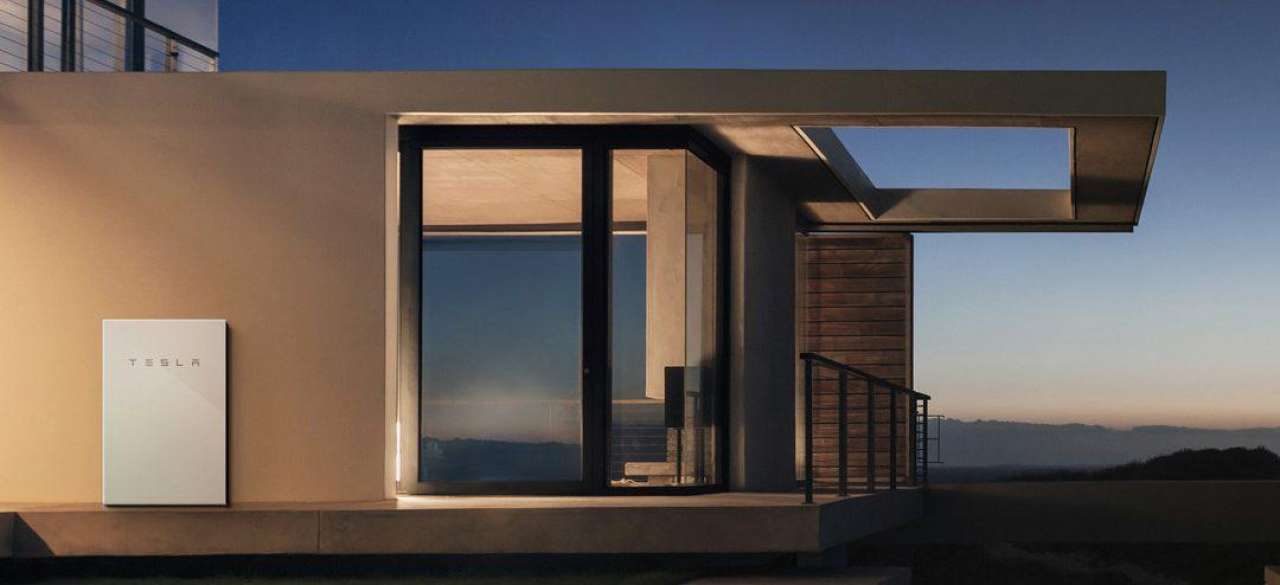Understanding VPPs: What is a Virtual Power Plant?
Posted on 24 February 2020
What is a VPP?
A VPP is a Virtual Power Plant and it’s the future of renewable energy. It sounds complicated, but it isn’t really. A VPP is a network of independent energy creators virtually coming together to form a reliable power grid. It allows the excess energy your solar panels create to be drawn from by major power networks at times of need.
How do Virtual Power Plants work?
A VPP uses technology to speak to your home’s solar battery when it needs to. It works on a software system, so it’s not constantly drawing from your home battery supply but rather monitoring your excess power generation and drawing from it in real-time, when it’s required.
Why use or join a VPP?
At peak times traditional power companies use large amounts of fossil fuels to supply additional demand. This is not only draining on the system, it increases prices for users across the grid and, as we all know, this excess fossil fuel use is bad for the environment.
If you already have a solar energy system installed you can join a VPP to put the excess power you may be creating back into a virtual grid. Traditional power providers can draw from this source of clean renewable energy at peak times, benefiting all South Australians in the process. VPP’s will thank you by paying for the additional energy you provide.
How to make money from a VPP
You can make additional money with no extra effort on your part from a VPP. By signing up the VPP will monitor your solar power battery’s energy output and if one of their energy partners needs to draw from the supply you’ve created, they pay you a benefit.
When joining a VPP be sure to carefully read the terms and conditions as some have lock in contracts, varying rates or additional fees.
What do you need to join a VPP?
There are several VPP’s to choose from on the market and our guesses are we’re about to see more and more appearing. They each have their own requirements to join, but overall you’ll need a compatible solar battery storage system.
At Solar Power Direct we provide both the Tesla Powerwall and the Alpha ESS, both of which are compatible systems to join a VPP.
What’s the difference between a Virtual Power Plant and a microgrid?
VPPs and microgrids are very similar in nature. They both draw upon additional power to one central system and then redistribute the power. However, microgrids work within specific perimeters and only benefit the people within that area. Microgrids don’t always connect to the main grid and can completely disconnect from it to create an independent network of power. Microgrids are far less common, especially in Australia.
South Australian Virtual Power Plants
The Australian Renewable Energy Agency provided $7.7 million to build a virtual power plant with Tesla Powerwalls in up to 1,200 Adelaide homes. This particular scheme is a three-year trial run by SA Power Networks to benefit the main grid, users creating renewable energy and for them to have a greater understanding of people’s usage of solar battery storage.
Get your VPP compatible system installed today
If you’re interested in learning more about how you can utilise your home solar energy system to benefit your community get in touch with Solar Power Direct. We’d be happy to answer any further questions you may have.


